This one was under a downed tree in an area that had been burned off near a pond. So kinda under some stuff but also kinda right out in the open and pretty easy to see.
|
Fawns were really common this year in the Monongahela National Forest. We saw a lot of them. In general, when they are this small they can't run away from anything so their sole defense is to remain motionless and hope not to be spotted (get it, spotted like they are). Anyway, if you do see one you can just walk up to it and take its picture. But I don't like to disturb them too much and they are usually down in the brush so the photos only come out so-so.
This one was under a downed tree in an area that had been burned off near a pond. So kinda under some stuff but also kinda right out in the open and pretty easy to see.
1 Comment
Dolly Sods is a pretty neat place. It is a high elevation sandstone plateau located in the Monongahela National Forest in West Virginia. While the edge offers views of the surrounding mountains, the plateau itself is like something out of the far north. Heath barrens and stunted spruce trees with a lot of exposed rock and even some sphagnum bogs.
There are lots of hiking trails and in general cool temperatures so a good spot for a hot summer day. But it does rain a lot, so come prepared with sunscreen AND rain gear. Note the spruce tree in the photo has all the branches missing on one side. This is called "flagging" and happens in areas where a strong prevailing wind from one direction is the norm. The branches on one side break off at some point from the wind leaving what looks like half a tree. Very common in Dolly Sods. The common mudpuppy (Necturus maculosus) is a neat salamander that is aquatic in all life stages. Most salamander juveniles have external gills, but the mudpuppy retains these gills even into adulthood and needs to stay in the water to breathe properly. In poorly oxygenated water the gills are large and red. In well oxygenated water they are quite small, such in this example where they can just barely be seen in front of the front leg.
These are some of the largest salamanders, which are typically about 11 inches long but are known to reach 16 inches, although the one in the photo is only about six inches long. There are various reports that these salamanders can bark a bit like a dog, and various reports that this is a rural legend. I honestly do not know but I've never heard one bark. I am sure it says many things when the state prison in Huttonsville has a permanent sign out front advertising that they are hiring officers.
A spectacular site is Seneca Rocks, one of the big rock climbing meccas in the east. Would have liked to have had time to climb up top but did drive by it a couple of times and always impressive.
I am back from tent camping and catching bats in the Monongahela National Forest. The whole project took almost a month to complete and it is nice to have a hot shower and bed to sleep in again. But the MNF is such a fabulous place to hang out that it is worth it.
It rains quite a lot there and so not super great for the type of photography I do, but I got a few shots and will be posting photos from in and around the Forest for the next few days. During the first two weeks we did not see the sky much either during the day or night. Clouds were omnipresent and much rain fell. But on one night I was happy to find the clouds cleared off and we had a brilliant starry night. And then all the fireflies started up right by where I was sitting. I put the camera on a tripod and made a few exposures at 30 seconds each around 1am after the moon disappeared. I like this one the best. |
AuthorKeith Christenson - Wildlife Biologist Categories
All
Author
Keith Christenson Wildlife Biologist Archives
September 2021
|
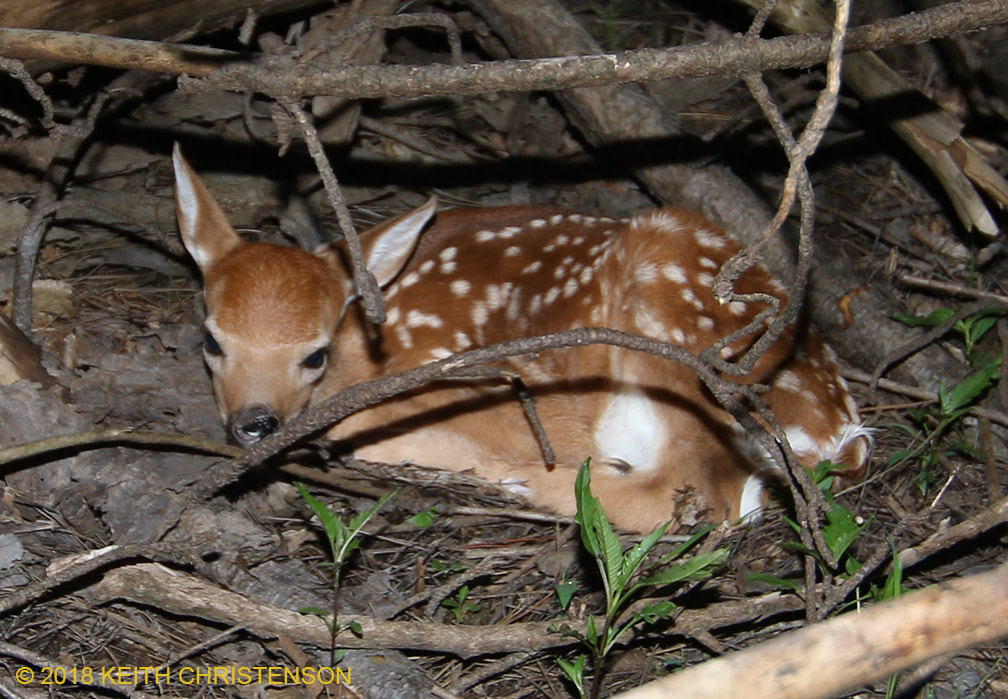
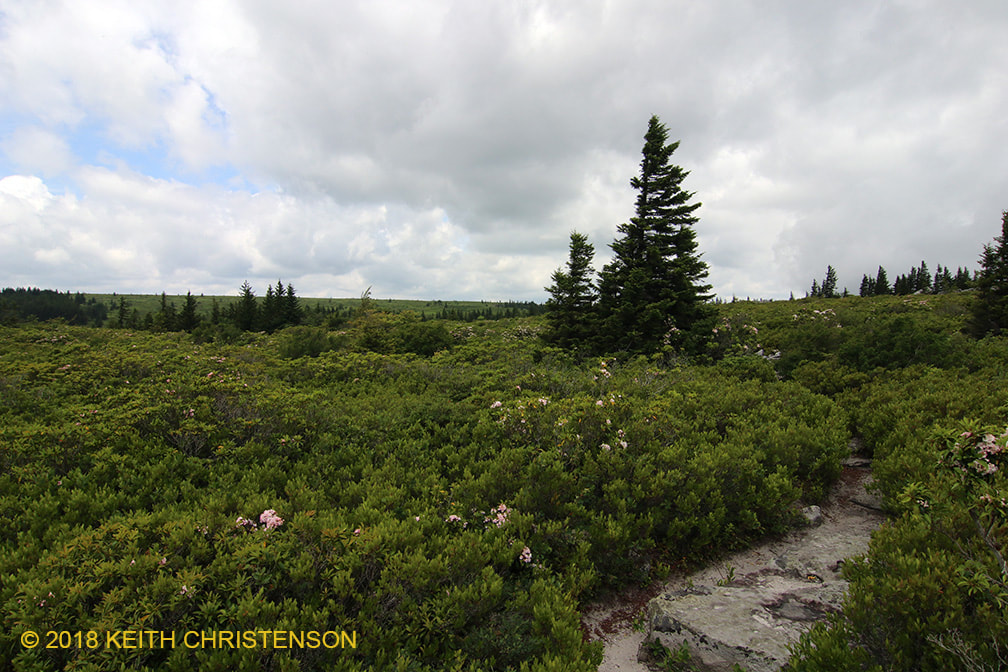
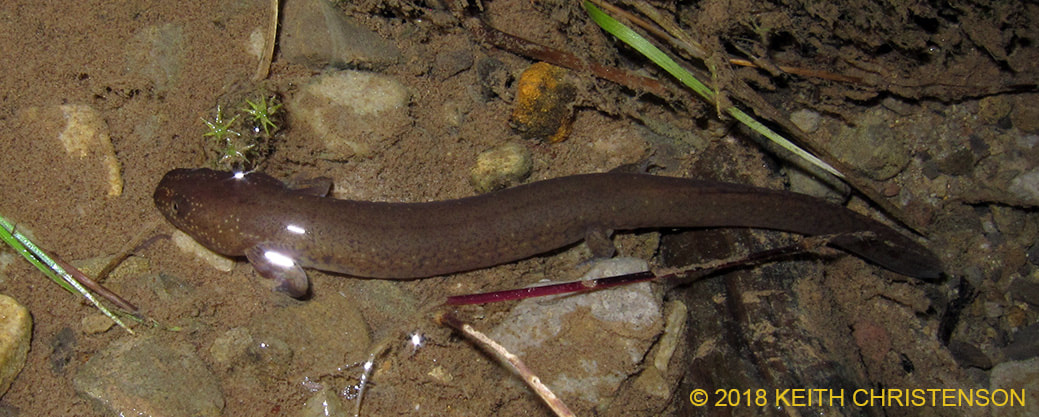

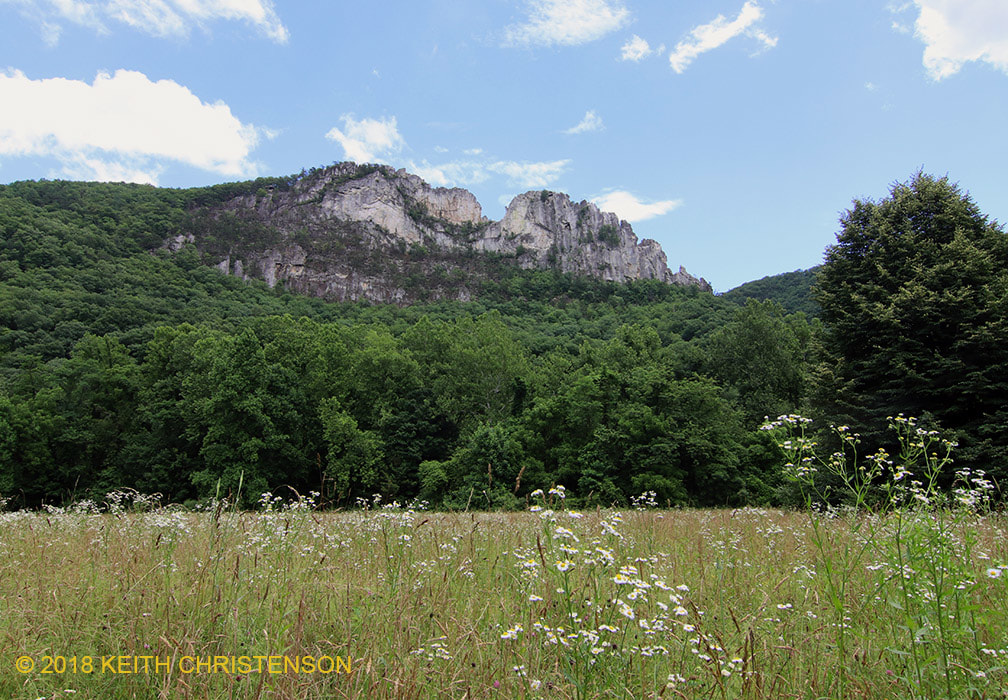
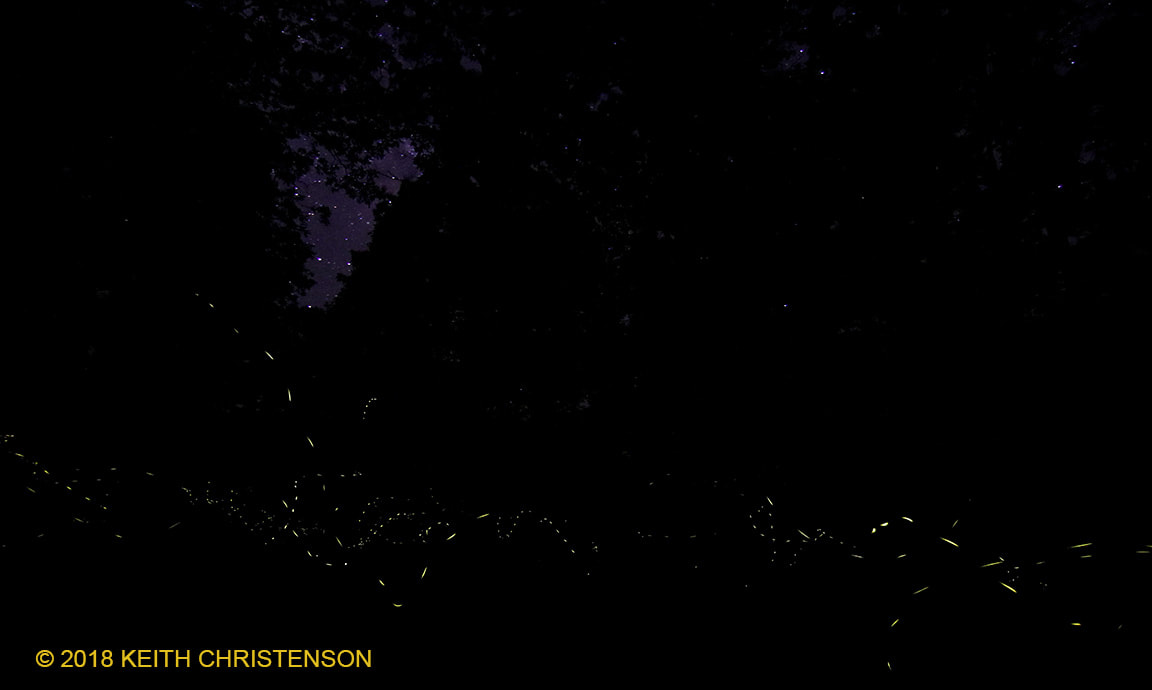
 RSS Feed
RSS Feed